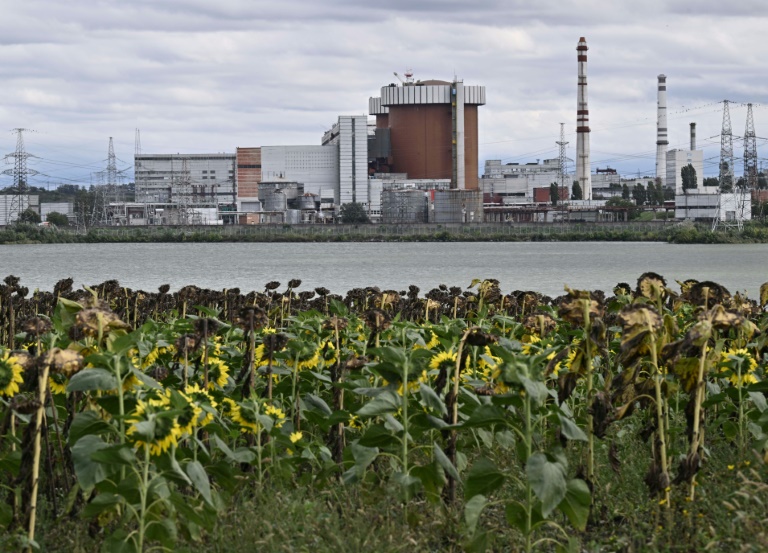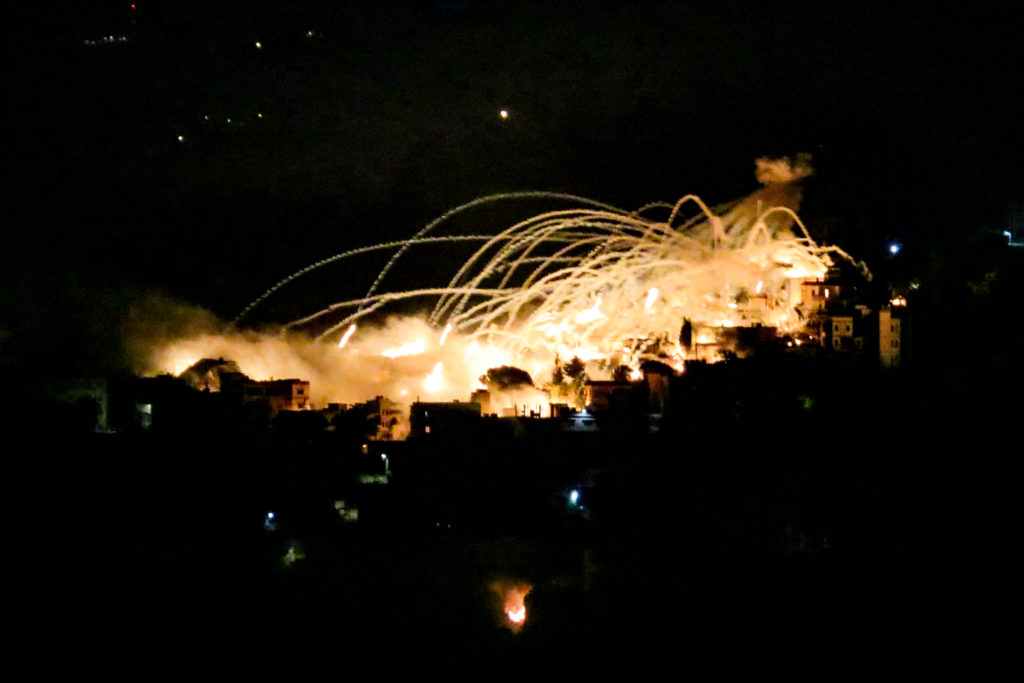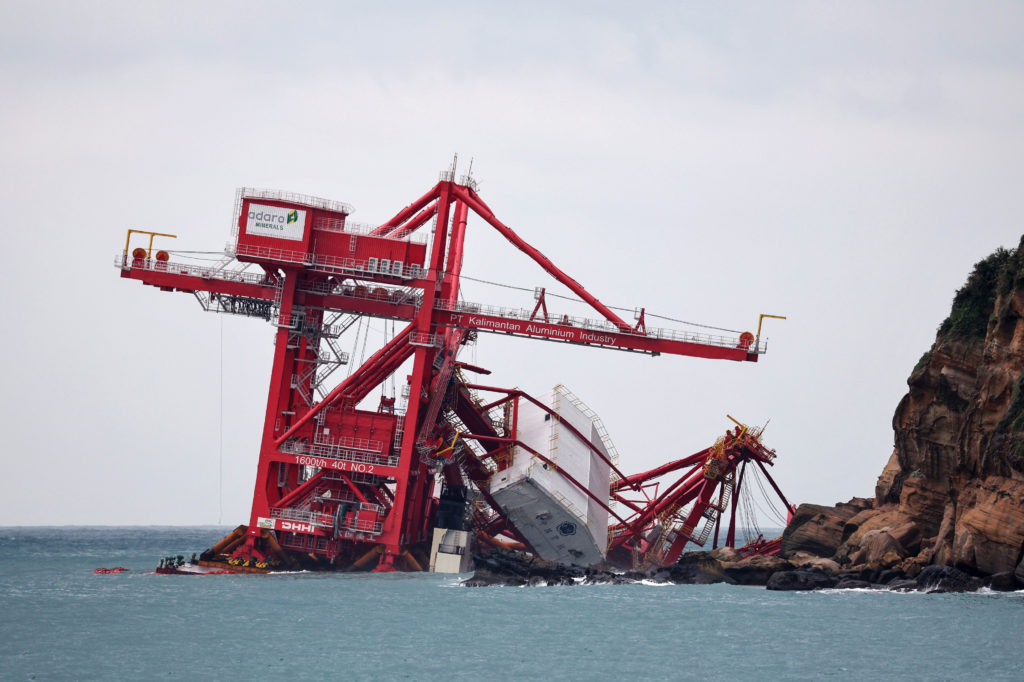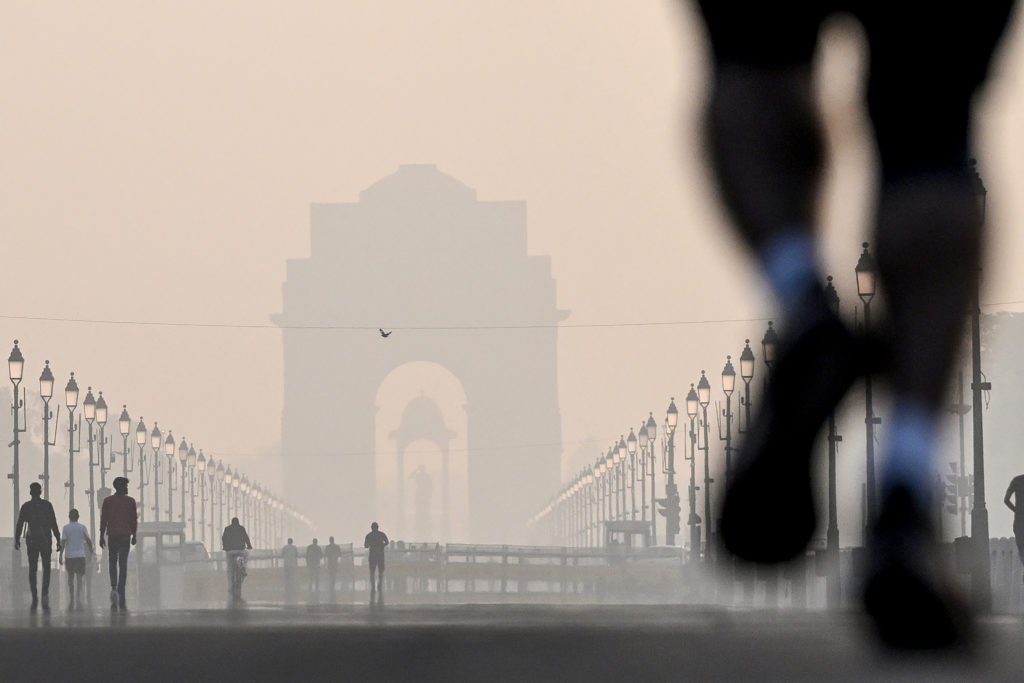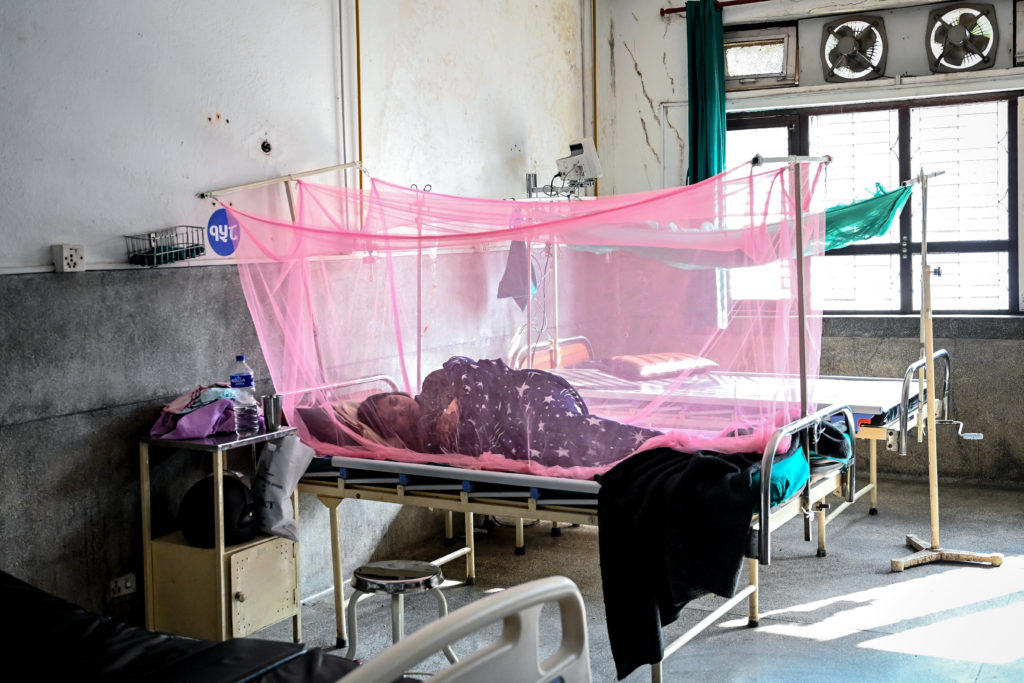Pivdennooukrainsk is the third nuclear site to find itself caught up in the conflict
A vast crater several metres deep in empty land strewn with wild grass bears witness to the shelling this week at the Pivdennoukrainskpower plant site in southern Ukraine, the latest sign of nuclear risk in the war-scarred nation.
Small shards of grey metal, similar to rocket and missile fragments that litter innumerable fighting-damaged Ukrainian places, dot the loamy earth gouged out by the impact.
A few dozen metres from the gaping hole, a building that AFP was not permitted to visit during a media visit organised by the Ukrainian nuclear energy agency Energoatom appeared to have had its doors and windows blown out.
“That’s where the blast of the explosion went towards,” said Ivan Zhebet, security chief at the Pivdennoukrainsk plant in the southern Mykolaiv region.
Zhebet then pointed in the direction that the projectile arrived from.
A compass reading by an AFP journalist indicated that it was fired from the southeast, territory under Russian control.
On the other side of the crater another building was less damaged but minus most of its windows.
The shell struck shortly after midnight on Monday, just minutes after an air raid warning sounded in nearby Yuzhnourainsk, a town that had until then been relatively calm.
Residents told AFP that they heard a thud and lightbulbs in their houses flickered on and off, a sign that the power supply was struggling to stay on.
Others said they saw a flash of light in the sky.
– Catastrophe fears –
All the residents questioned by AFP worried that the nuclear site — which directly provides jobs for 6,000 of the town’s 42,000-strong population and indirectly for many more — would be hit.
They also voiced fears that the conflict might spark a catastrophe similar to what befell northern Ukraine’s Chernobyl power station in 1986, the world’s worst nuclear disaster to date.
Pivdennoukrainskis the third nuclear site to be caught up in a conflict that began with Russia’s invasion in February.
Early in the war there was fighting around Chernobyl, while Europe’s largest atomic facility — the Zaporizhzhia nuclear plant in Russian-held territory — has become a hot spot for concerns after tit-for-tat claims of attacks there.
The Ukrainian army rejected any idea that the strike at Pivdennoukrainsk could have been accidental.
The missile, “seemingly an Iskander, targeted the installation,” it said in a Facebook message Monday.
According to Pierre Grasser, a Paris-based expert on Russian defence, it was possible that the cabling network, transformers or air defence systems which Ukrainians and Russians often place near strategic sites were targeted.
“The Iskander’s ballistic missile system is pretty precise — in the order of 20 metres,” Grasser told AFP.
– ‘Frightening’ –
Monday’s attack was not the first close call at the Pivdennoukrainsk plant since February.
Soon after the invasion as Russian forces sought to break through at Mykolaiv and reach the strategic Black Sea port of Odessa, they advanced as far as Voznesensk, just 25 kilometres (15 miles) from the nuclear installation.
Several buildings in Yuzhnourainsk were hit by shells while the Ukrainian army destroyed the main bridge in order to hinder the Russian advance.
“They wanted to take Odessa, they wanted to take our plant. But our lads prevented them from doing so,” Nataliya Stoikova, a department head at Pivdennoukrainsk, said with pride.
But Monday’s bombardment “shocked” her, she added.
“The danger is really frightening. If something were to happen (at Pivdennoukrainsk) or Zaporizhzhia, the accident at Chernobyl would be almost small” by comparison.

